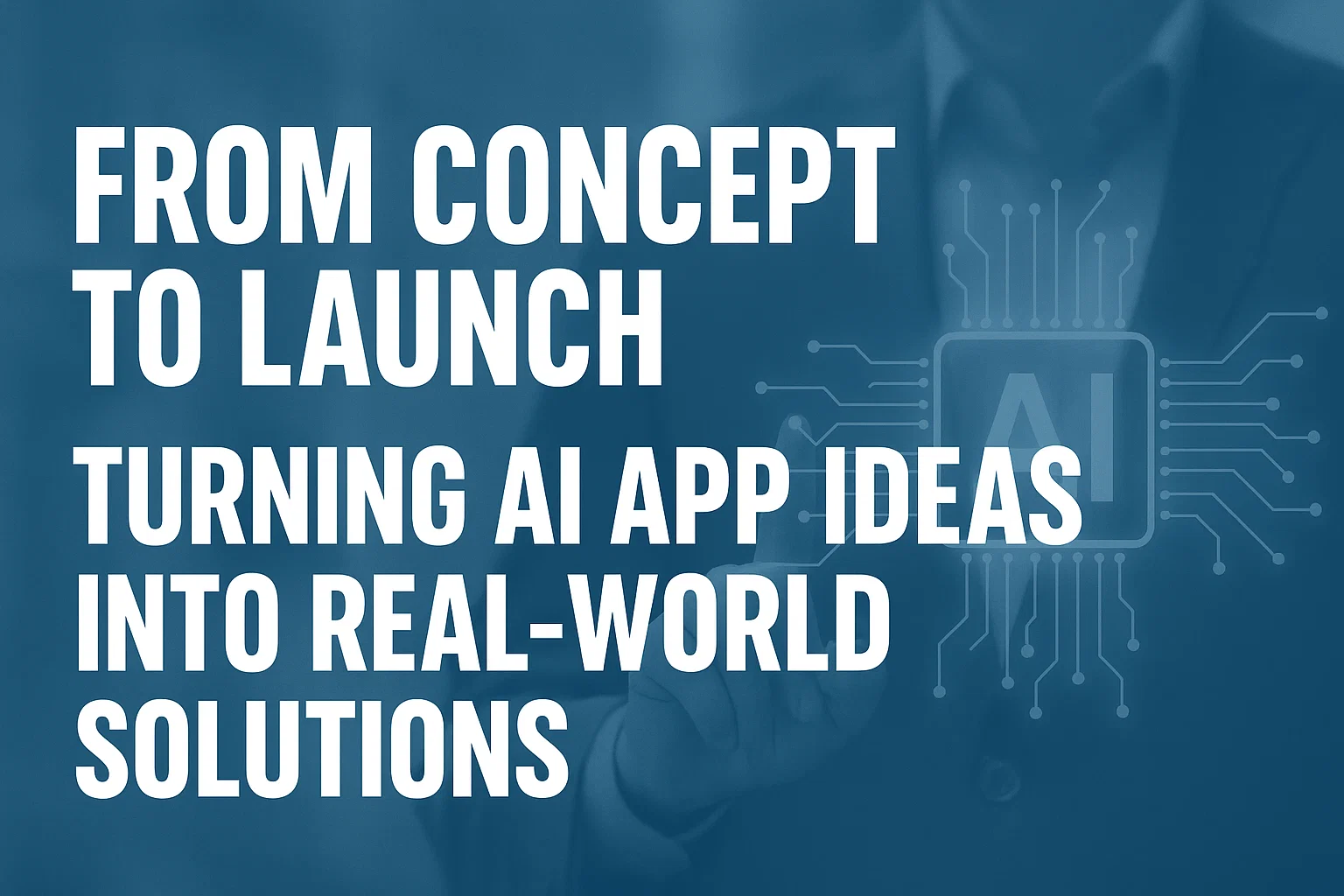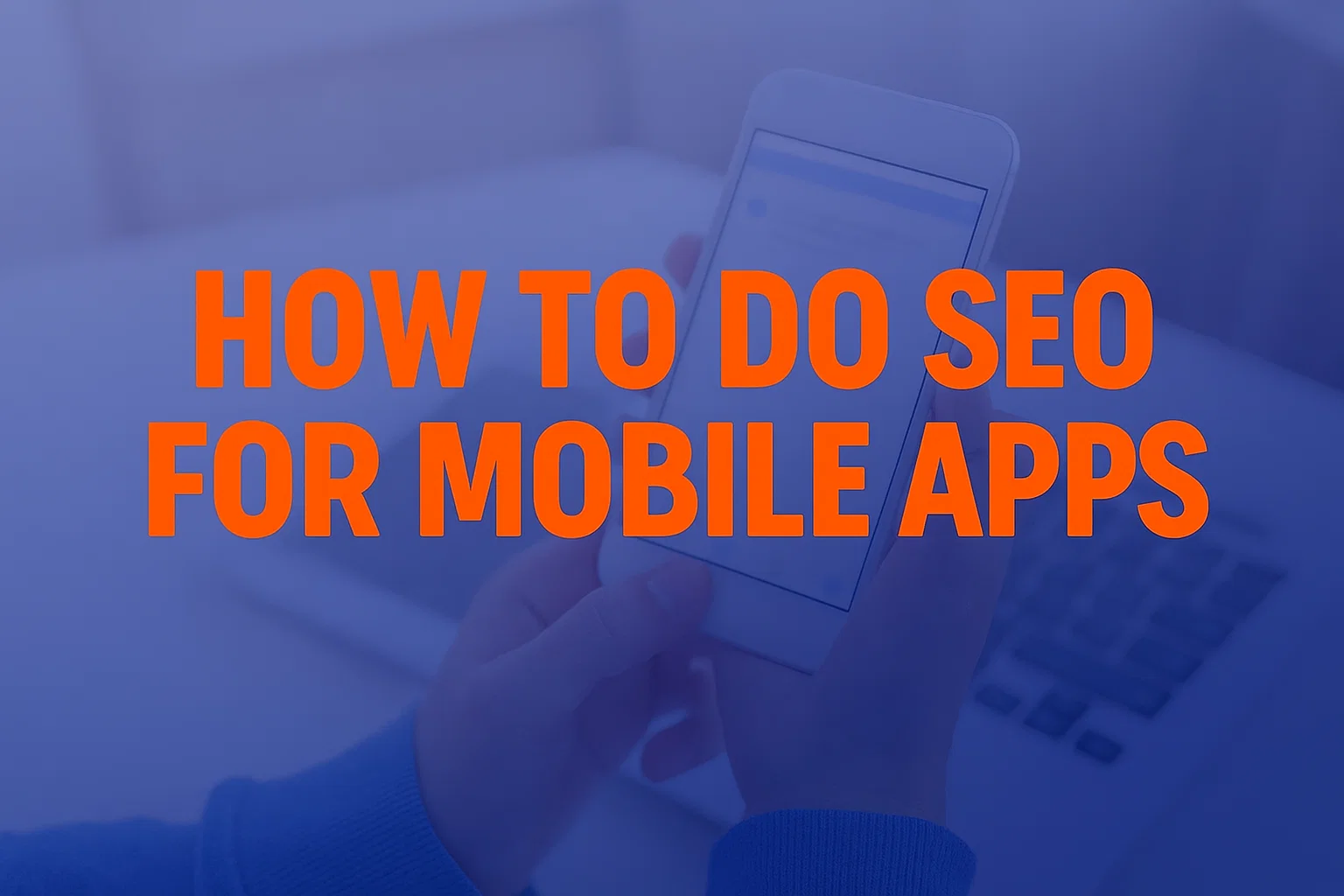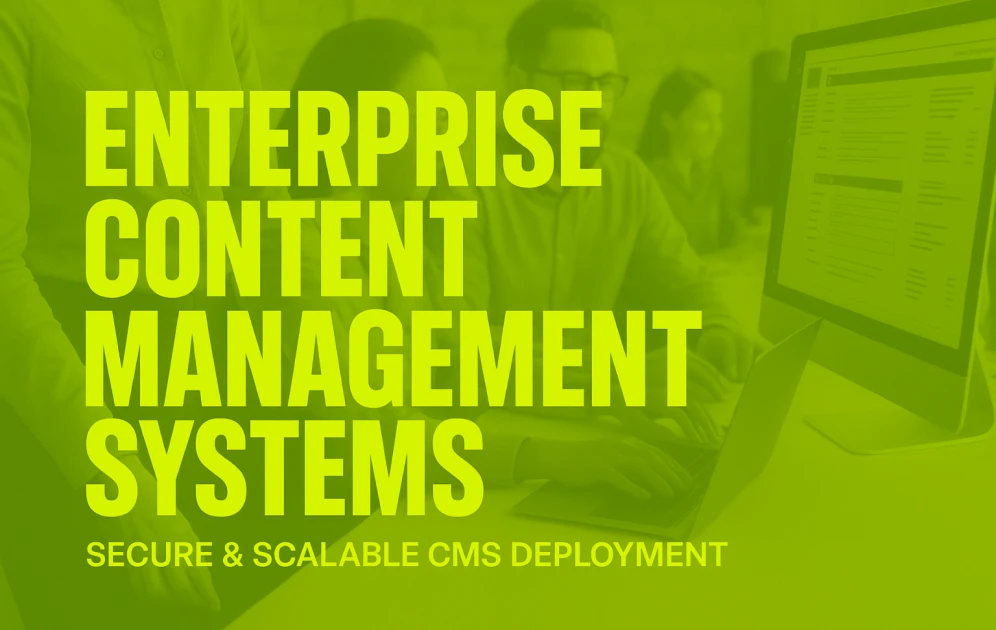Creating a functional AI application from a mere idea is thrilling; however, it’s a little chaotic in reality. You could be working with nothing but a ray of thought, an issue that AI could solve, or simply a feeling that there is an easier way to accomplish something. On the other hand, moving from an idea to a product that can be used requires more than just dreams — it calls for planning, testing, and knowing how to interweave technology and business objectives.
Contents
Getting started with a clear plan
Once you figure out what problem you want to solve, the first step is before you write your code. Many teams don’t do this step, and later it is evident when the app is not meeting the set expectations. Engaging users, analyzing rivals, and thoroughly gauging how the product will be used make a big difference.
It is also good to plan a rough roadmap. Even a simple list of main features, workflows, and goals can prevent you from going back several times. A small startup, as an example, could very well understand early that they don’t have to do the whole AI at once. The best way of first concentrating on one function and testing it in the real world is more often than not, than trying to create the whole vision all at the same time.
Leveraging generative ai development services
After the planning stage is done in detail, many companies are looking for generative ai development services to turn the ideas into reality. Collaborating with the experts in this field is not only about the coding part — it’s about configuring the AI models correctly, picking the right data sets, and creating workflows that truly are logical for users.
Generative AI is a boon to the user for various activities such as content creation, predictive modeling, and automating repetitive processes. Just visualize a team engaged in the construction of a personalized fitness app. With the help of generative AI, the app may well become the daily workout provider, nutrition plan drafter, and even create the user's inner voice of motivation by sending them messages — all on the fly. The AI development team in this case, not to mention the crucial part of any application in the real world, is the one that determines whether the AI is generating valuable outputs or simply random ones.
In addition to this, working with industry experts gives you a hold on avoiding the most common mistakes. The companies that are the farthest from the truth are the ones that assume too little preprocessing of their data and too easy integration of AI into their existing systems. With a good development partner, one dire issue can be turned into a simple task which leads to more time left over to polish the product and increase its quality.

AI app delivering powerful, smart solutions on the go
From concept to the real world: AI app development
Having AI app ideas is one thing, but witnessing their application is completely different. Nearly all teams establish themselves through a prototype or minimal viable product (MVP). This isn't the superdeveloped app as it pops out in your mind, but one which represents the basic idea conceptually. Through doing so one collects comments and, metaphorically, polishing them before making a substantial investment.
The user experience is equally vital as the AI itself. The most avant-garde concept will not find success if the users cannot navigate or comprehend it. The iterative design process is one method of accomplishing this — you develop, test, tweak, and then proceed with the next feature. A lot of startups look to this method for their success, they are putting on small layers of the functionality at the same time as the product is still in use and responsive.
After the MVP is confirmed to be sound, the development team will be in a position to extend their work. This, among other things, means Artificial Intelligence training on large data sets, the addition of more features and ensuring that the system functions optimally in the different scenarios that might arise in the real world. Hence, continuous testing is compulsory - each change can bring in new quirks, so through the careful monitoring, the app is ensured not only to operate, but to be reliable as well.
Measuring results and improving
Releasing the app is by far the easy part. A very important part of the whole process is tracking, which covers user interactions with the product, AI accuracy assessment, and business evaluation among others. Metrics provide direction on whether we should add new features, make improvements, or even turn to an alternative approach.
Iteration is equally important. By definition, AI always adapts based on the fresh data it gets; therefore, the app needs to change as the users' needs change. A few practices can help an original concept to become a product that gets more intelligent and more useful with time, and these are the regular updates on the product, retraining the models, and providing the users with the features they demand through the feedback.
Final thoughts
To sum up, the process of making an AI concept the next great thing is an odyssey laden with unpredictable events, taught lessons, and breakthroughs. Most of the times, it will not be linear, and the greatest outcome depends on a fine balance of prearranged planning, input from specialists such as generative ai development services, and iterative testing. Through the efficient implementation of these principles, one is able to get almost unimaginable results by simply turning a few ideas into practicable, real-life solutions.
It will be of great help to you to come up with an AI topic and remember that just having an idea is absolutely not enough. An idea alone cannot push the work forward. What is the determining factor is when execution - the combination of thorough planning, technical skill, and ever-lasting learning - takes place. With a well-planned strategy, AI app concepts can very well be transferred from your notebook directly to the hands of the end-user thus resulting in a palpable change and new opportunities for innovation.





















